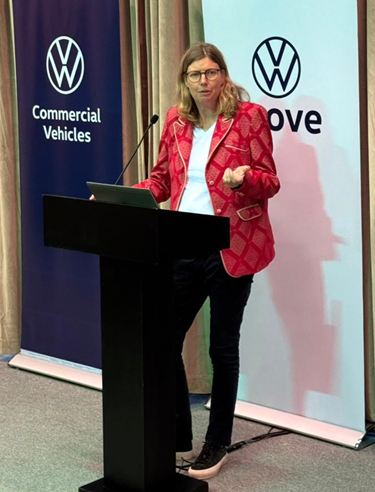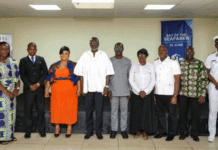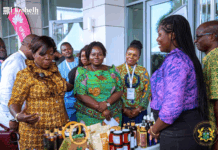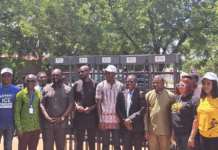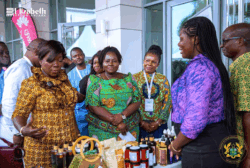By Ernest Bako WUBONTO, Kigali-Rwanda
Volkswagen Group Africa (VWGA) and the African Association of Automobile Manufacturers (AAAM) have jointly emphasised the African Continental Free Trade Area’s (AfCFTA) ‘Rules of Origin’ (RoO) package’s critical importance in driving growth within the continent’s automotive industry.
According to stakeholders, with the appropriate policy framework in place AfCFTA – which establishes a unified market of 1.3 billion people and a combined gross domestic product (GDP) of approximately US$3.4trillion – could enable the continent to manufacture between 3.5 million and five million vehicles annually.
The AfCFTA Auto Pact (AAP) aims to introduce a harmonised continental standard, ensuring that national policies are aligned to support regional production, intra-African trade and enhanced competitiveness within the auto-manufacturing sector.
Currently, the AfCFTA Secretariat is finalising a RoO policy for the automotive sector. The policy is expected to mandate a minimum of 40 percent local content in vehicles manufactured on the continent – a key objective advocated by the AAAM.
Industry players anticipate that the RoO policy will not only promote trade-related investment and stimulate economic integration but also boost demand for new vehicles in a sustainable manner. In addition, it is expected to support a gradual phase-out of used vehicle imports from developed countries.
Once fully implemented, the RoO policy is projected to enhance human capital development and local capacity building, improve access to affordable skilled labour and establish a strong intra-African logistics value chain.
Unified standards and investment
Chairperson and Managing Director of VWGA, Martina Biene, underscored the importance of a coordinated policy approach; noting that the vast market potential under AfCFTA presents a significant opportunity for the automotive industry to thrive continent-wide.
“AfCFTA provides an opportunity for African countries to harmonise regulations and standards related to vehicle production and safety. With reduced trade barriers, manufacturers can more easily source components and parts from different African countries,” she said.
Biene further noted that the inclusion of Trade-Related Investment Measures (TRIMs) within the AfCFTA Policy Pact is critical in driving demand for new vehicles.
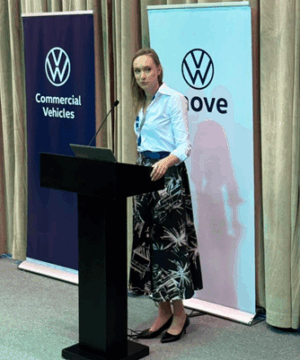
Scaling production through regional integration
Chief Executive Officer-AAAM, Victoria Backhaus-Jerling, highlighted that a successful implementation of the AfCFTA RoO will accelerate production capacity, given the policy’s emphasis on regional collaboration and shared value chains.
“The automotive industry is a global production and trade system driven by Original Equipment Manufacturers (OEMs) and requires manufacturing at scale to remain competitive. The AfCFTA offers this scale – provided it is supported by the right strategies, policies and ecosystem development,” she said.
She explained that the RoO will facilitate harmonisation of standards across new and used vehicles, spare-parts and fuel-quality specifications.
“Growing the new vehicle market in Africa will require compatible yet independent national policies, development of shared value chains and a Pan-African Auto Pact that fosters collaboration across regions under the AfCFTA framework,” she added.
Challenges ahead of RoO deadline
With an October 2025 deadline set for the RoO policy, 46 African Union (AU) member-states have submitted initial tariff offers to the AfCFTA Secretariat. However, only 38 countries have been verified as compliant with tariff liberalisation requirements, presenting a potential hurdle to meeting the implementation deadline.
Industry players have voiced concern that delays in finalising and enforcing the policy will only deepen the challenges facing Africa’s struggling automotive sector.
EV transition and emerging mobility trends
Backhaus-Jerling also emphasised that the AAP will support continental transition from traditional internal combustion engine (ICE) vehicles to electric vehicles (EVs) and other alternative powertrain technologies.
“The transition necessitates a transformation of manufacturing processes and supply chains as ICE components are replaced with EV-specific parts. EV adoption will also depend heavily on the development of robust charging infrastructure, requiring significant investments in energy and logistics systems,” she stated.
She however cautioned that the transition’s speed and nature will vary across countries, depending on levels of investment and policy direction.
In addition, she urged policymakers to include provisions for the growing micromobility segment – encompassing electric scooters, bicycles and other light electric vehicles – which is gaining popularity due to urbanisation, rising vehicle ownership costs and demand for more sustainable transport options.
“Technology and the pace of transition will differ across mobility segments,” she remarked.
Local sourcing and value addition
Biene disclosed that between 50 and 60 percent of some VWGA-manufactured vehicles already meet the local sourcing requirements stipulated in the proposed RoO policy.
She also pointed to opportunities such as Zambia’s copper reserves, which could be developed locally for the production of copper cables. Currently, the raw copper is exported to Europe for processing and re-imported into Africa – a practice she argued should be replaced with in-continent value addition to support the automotive supply chain.

